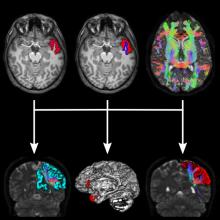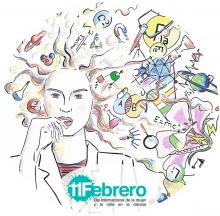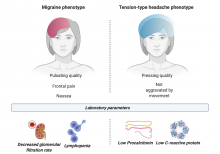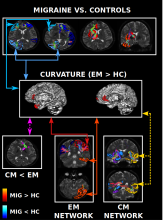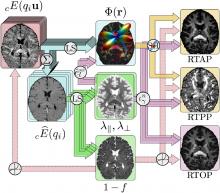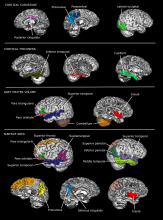Cover image of Human Brain Mapping
The cover image of the latest issue of Human Brain Mapping (March 2021) is related to the LPI article "Multimodal fusion analysis of structural connectivity and gray matter morphology in migraine".
Link to the cover image: https://doi.org/10.1002/hbm.25054
Link to the article (Open Access): https://doi.org/10.1002/hbm.25267

